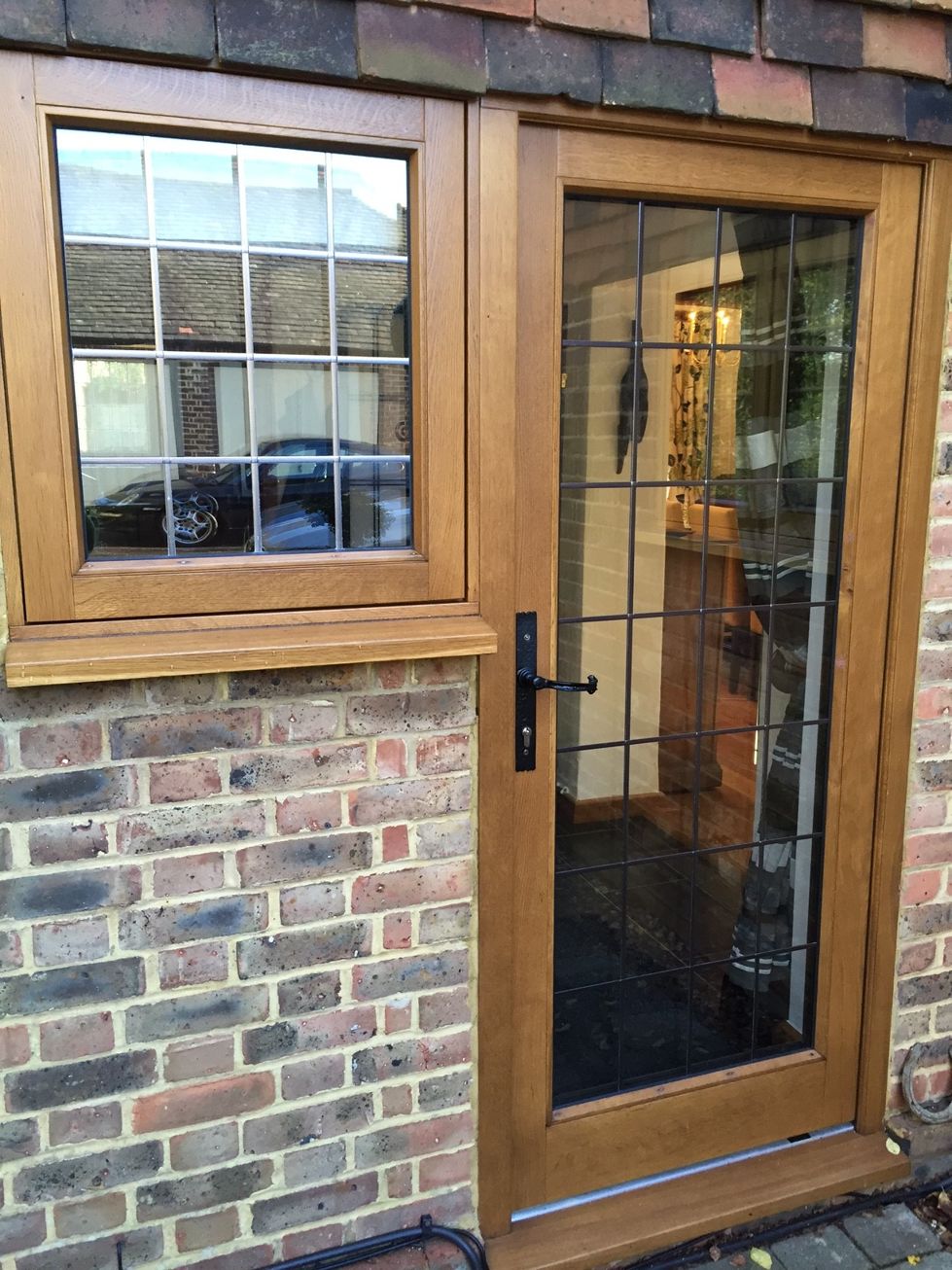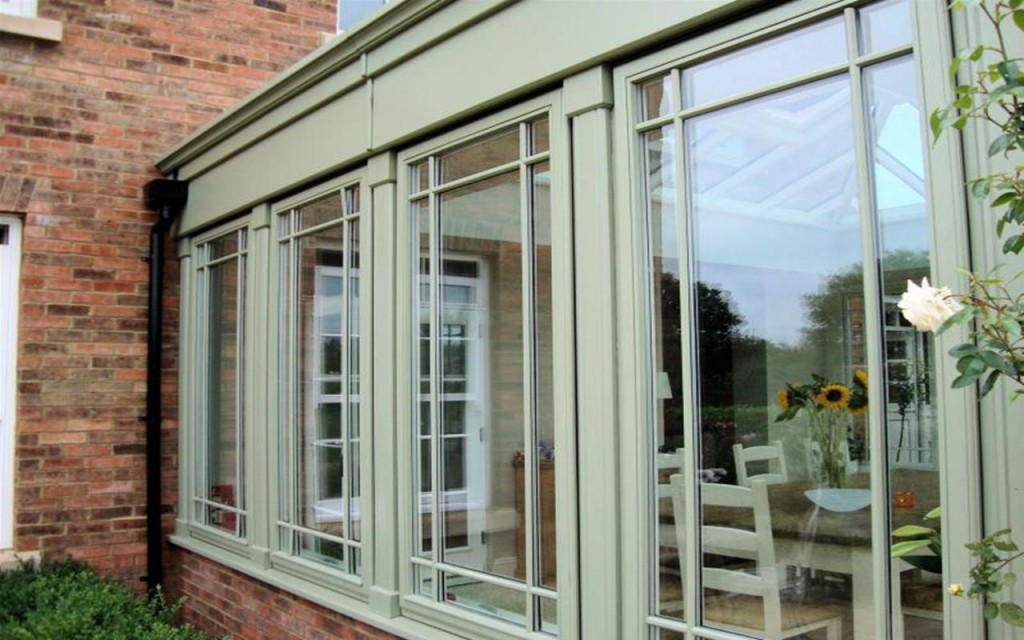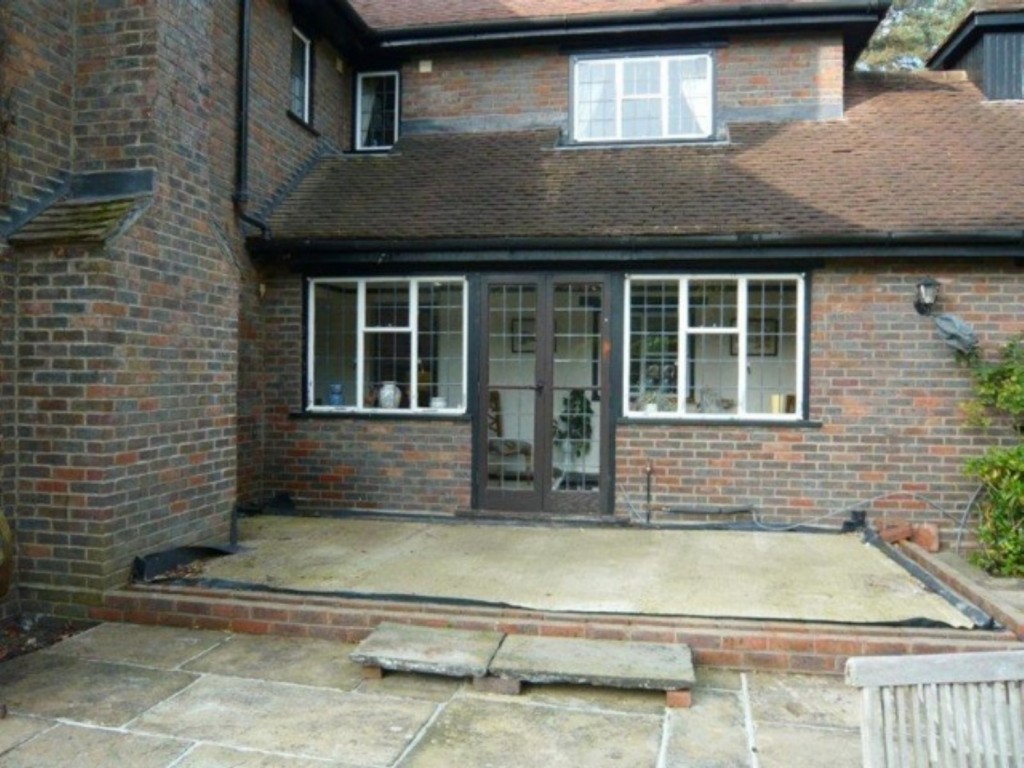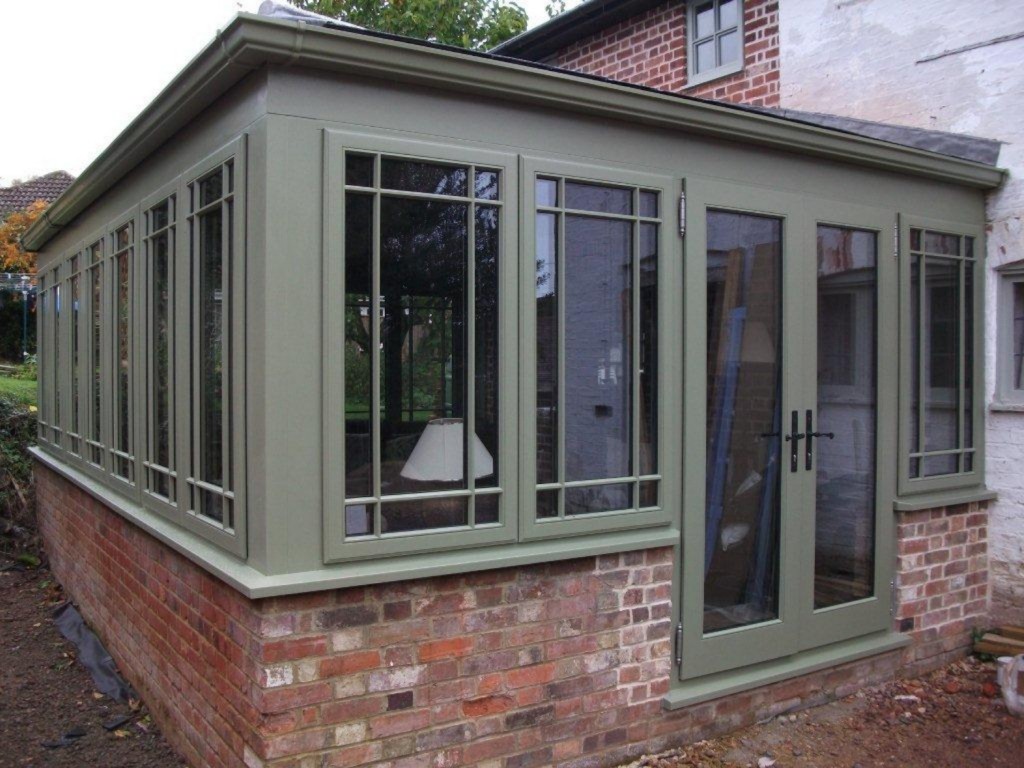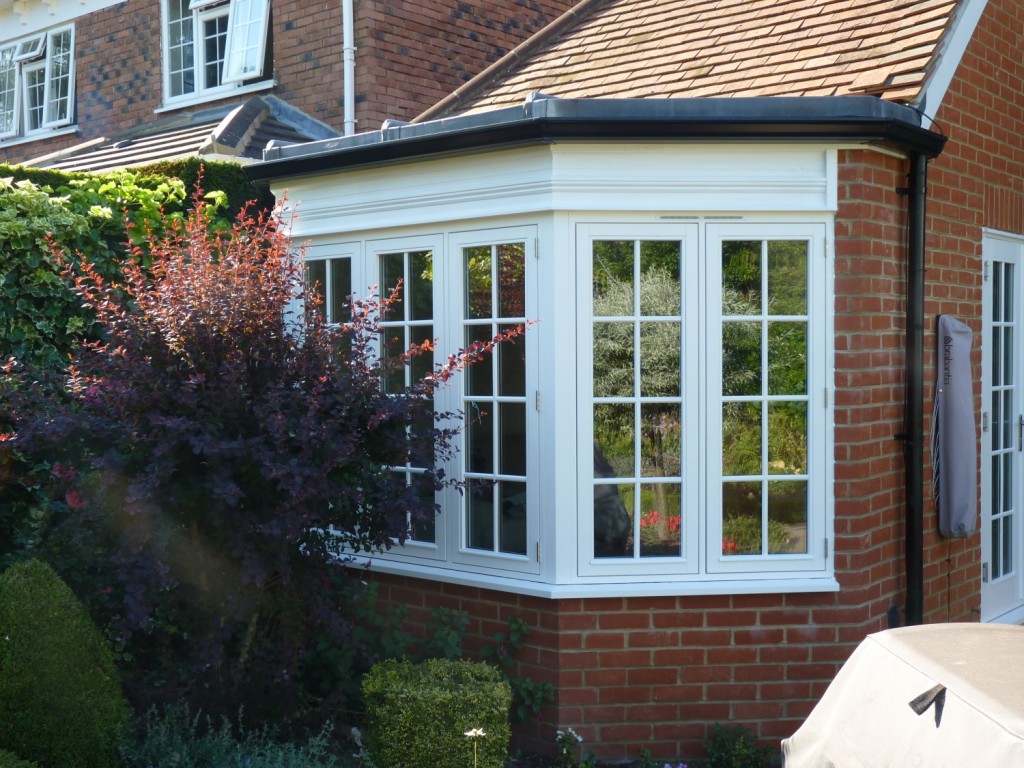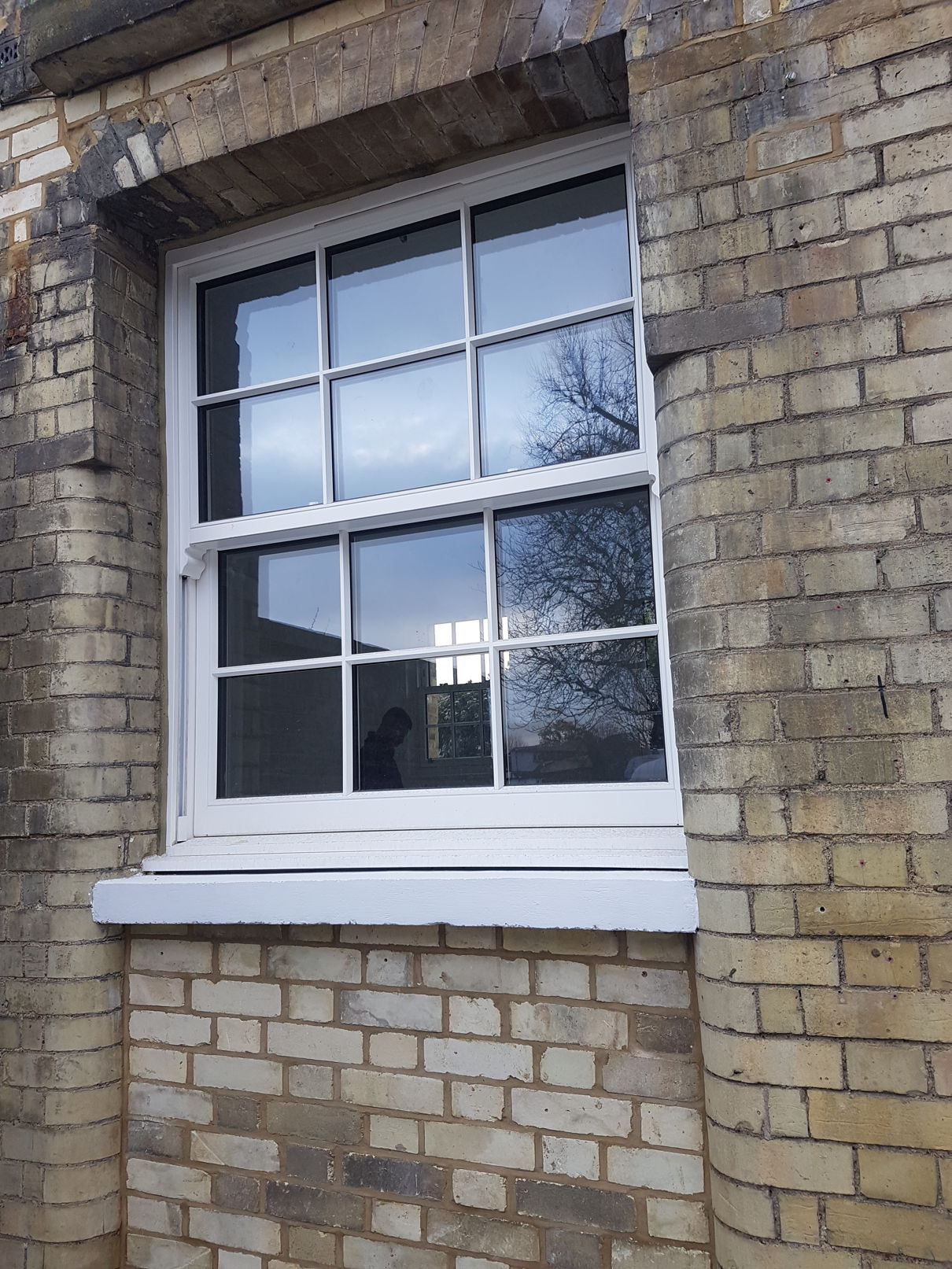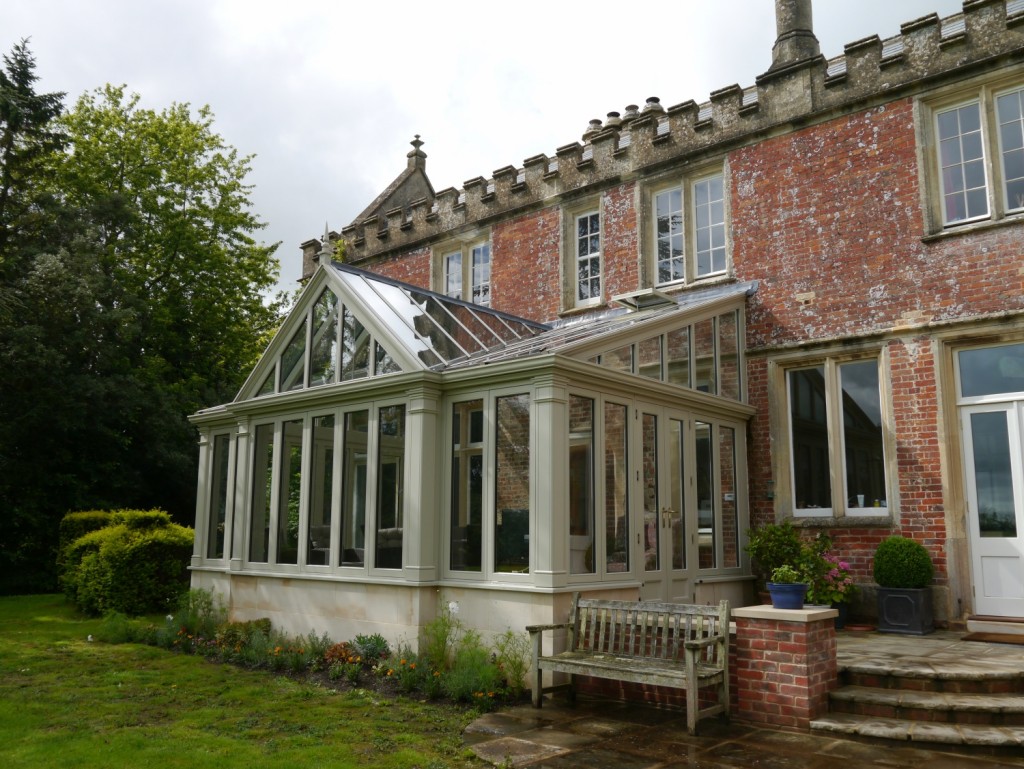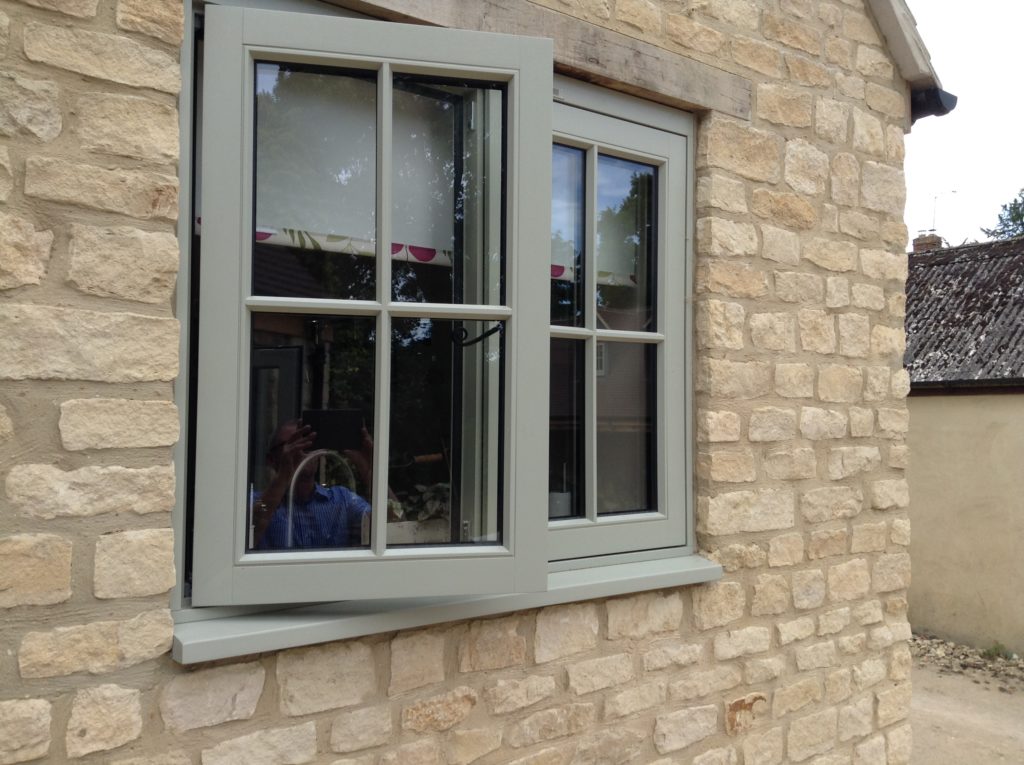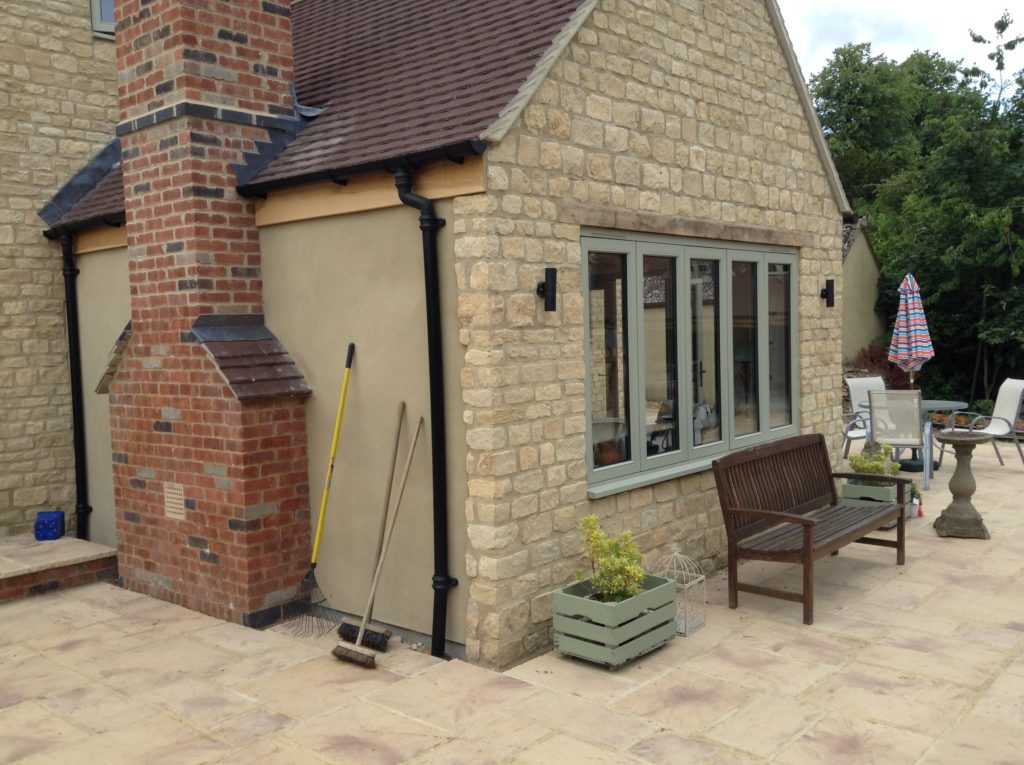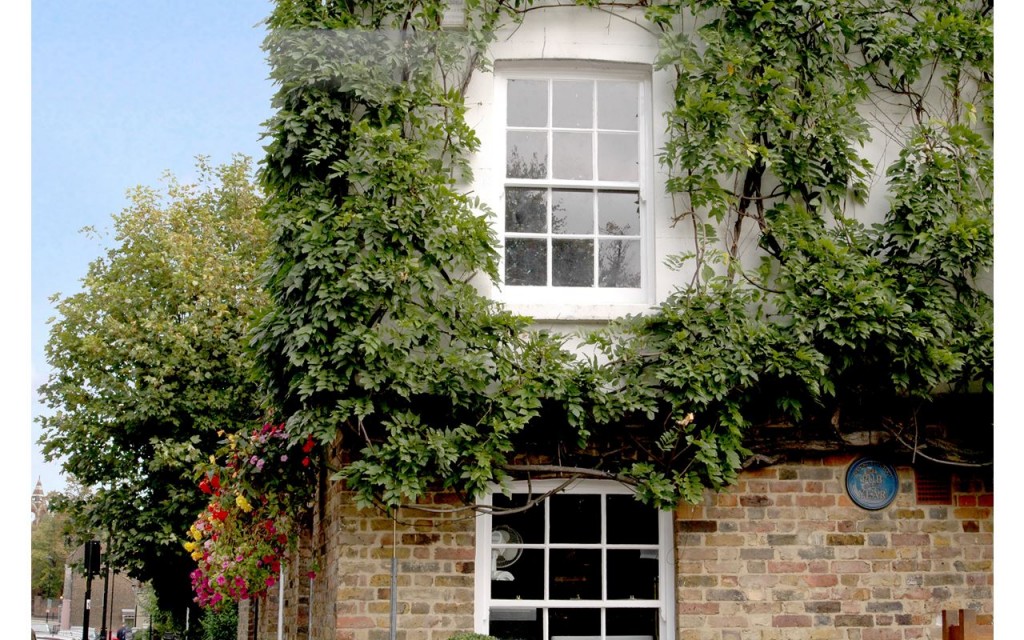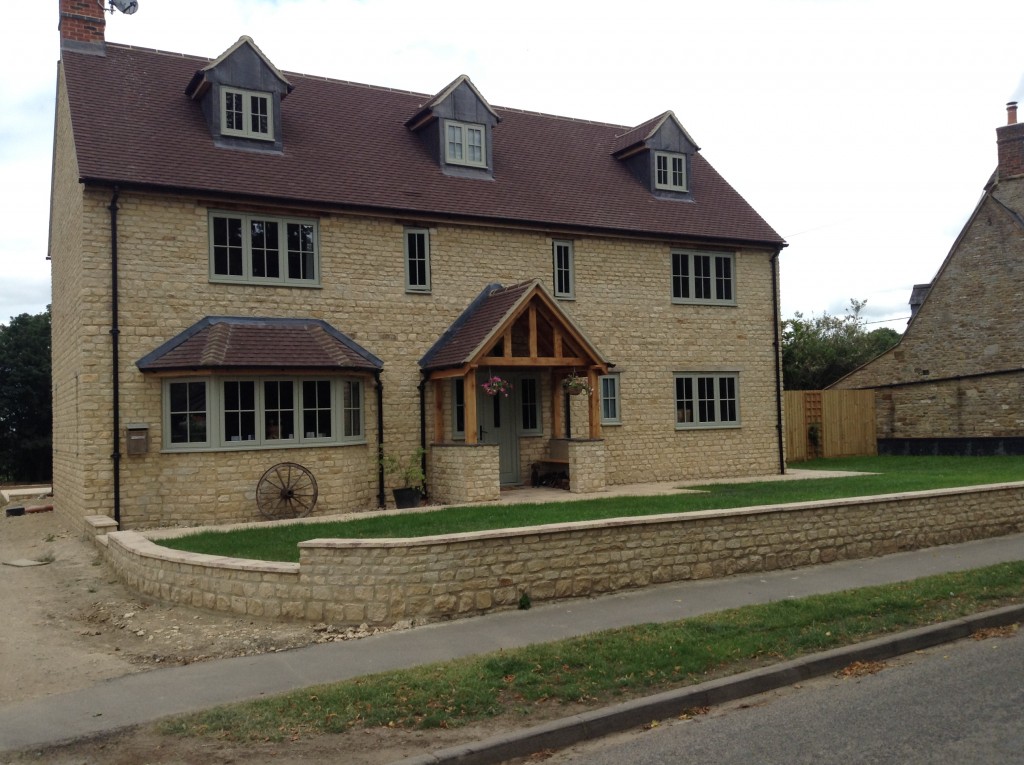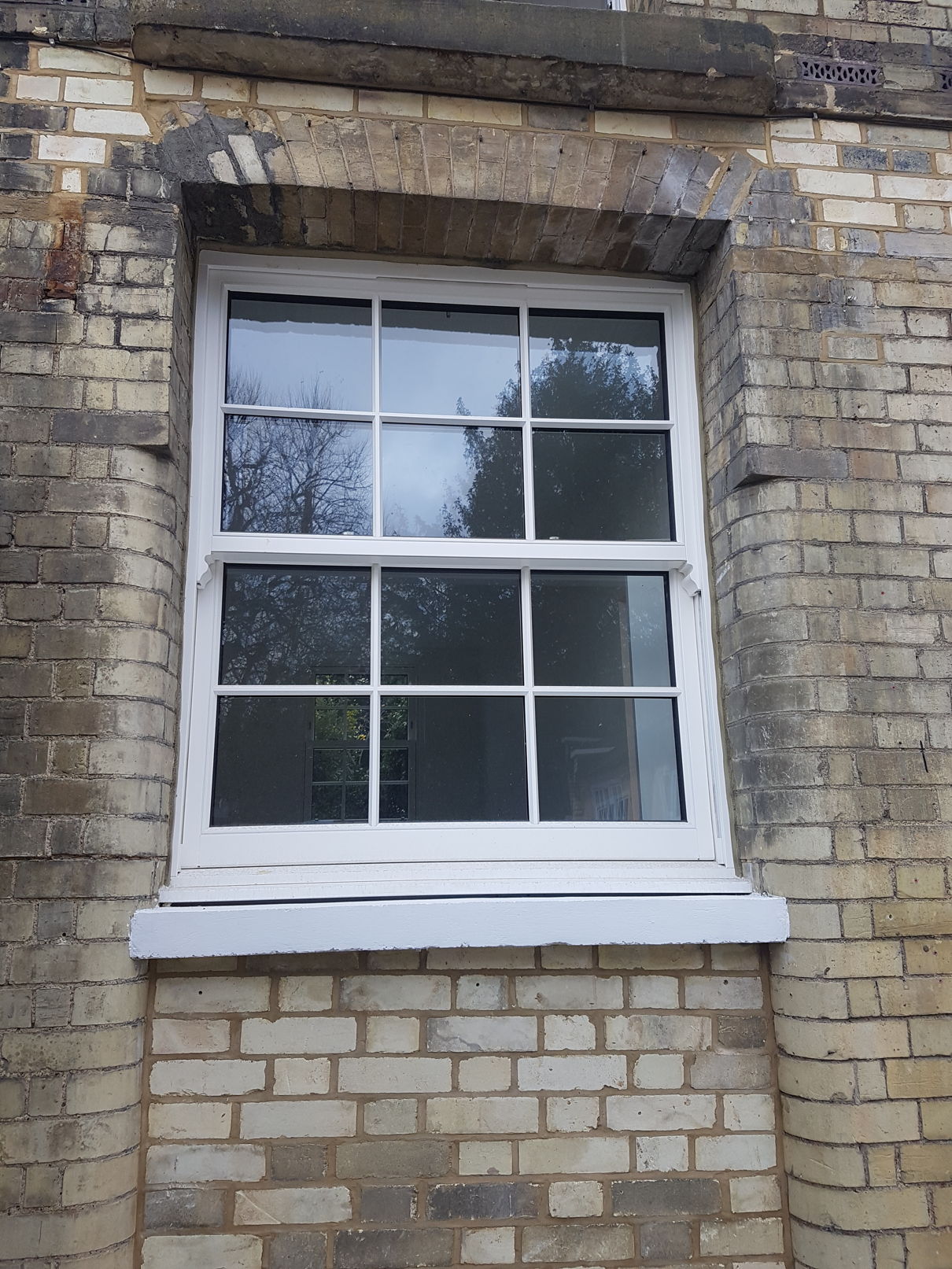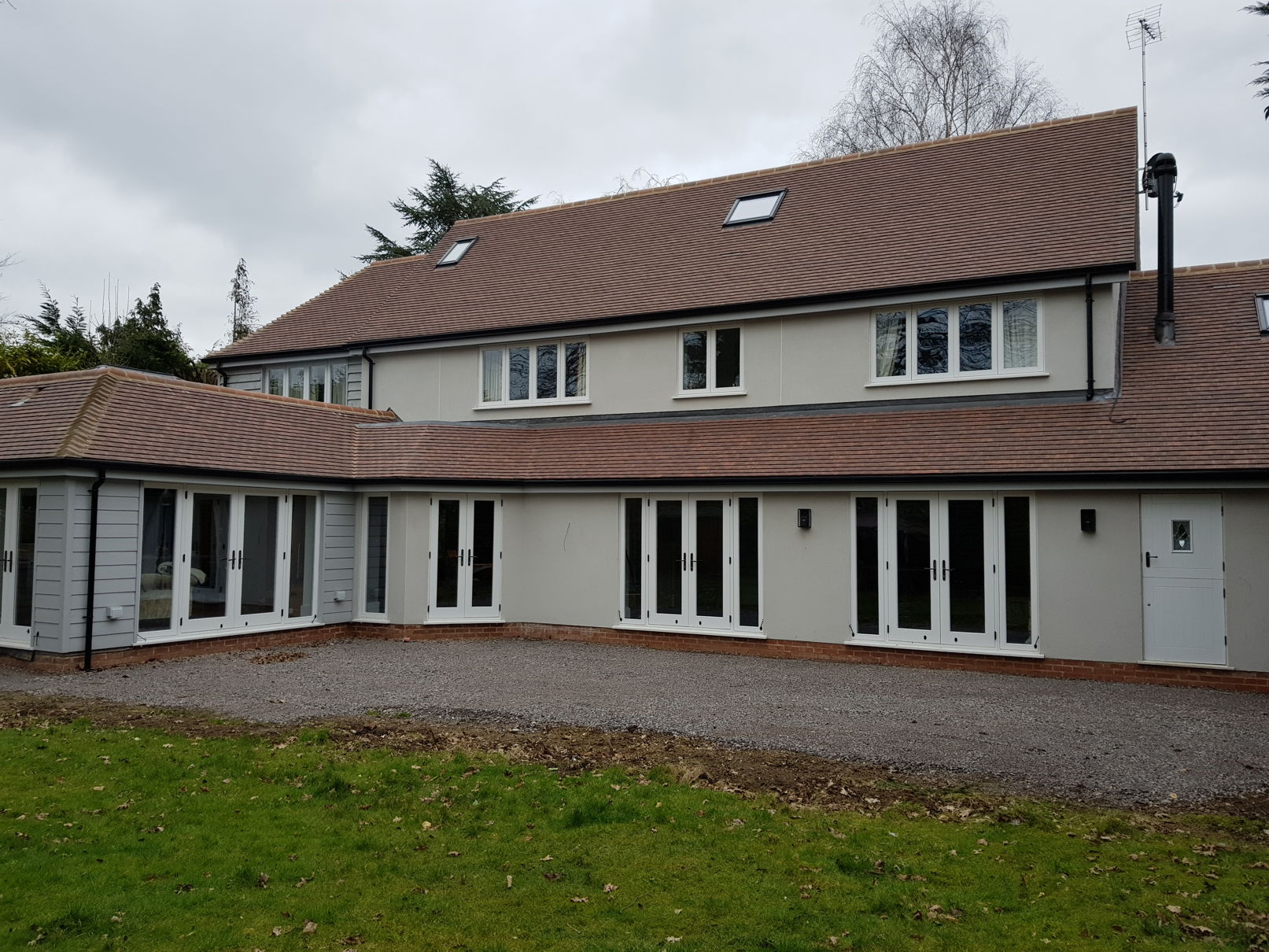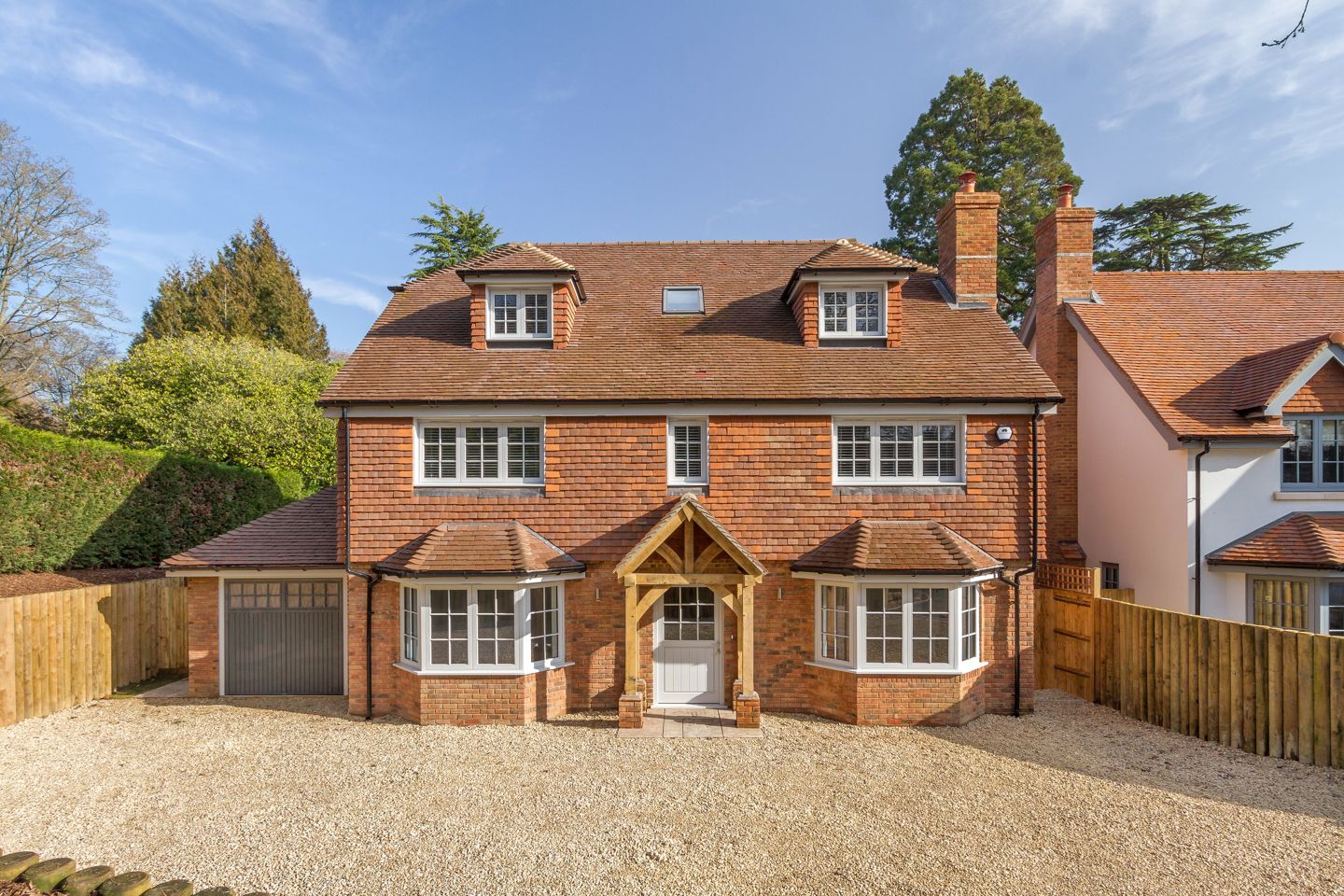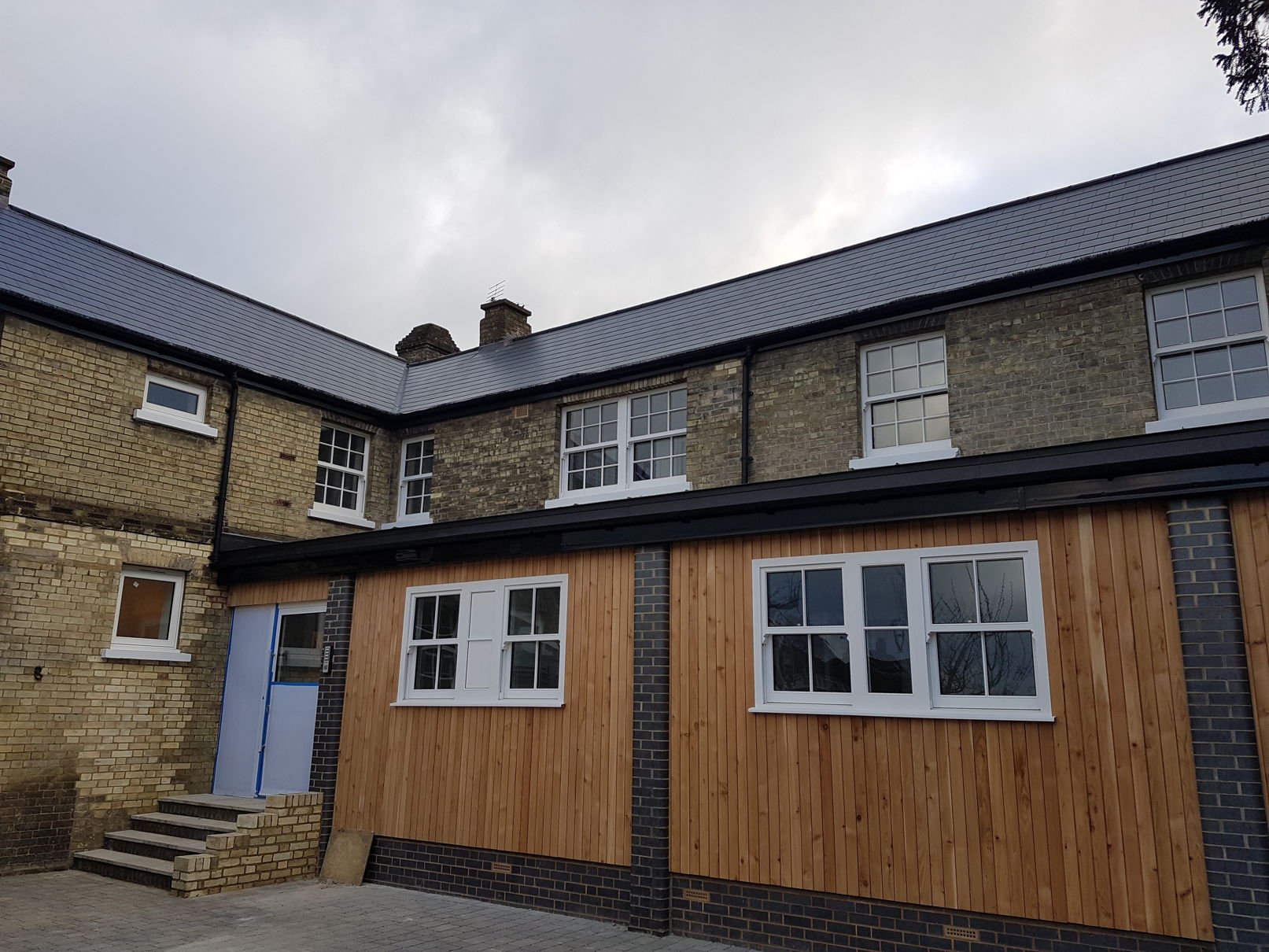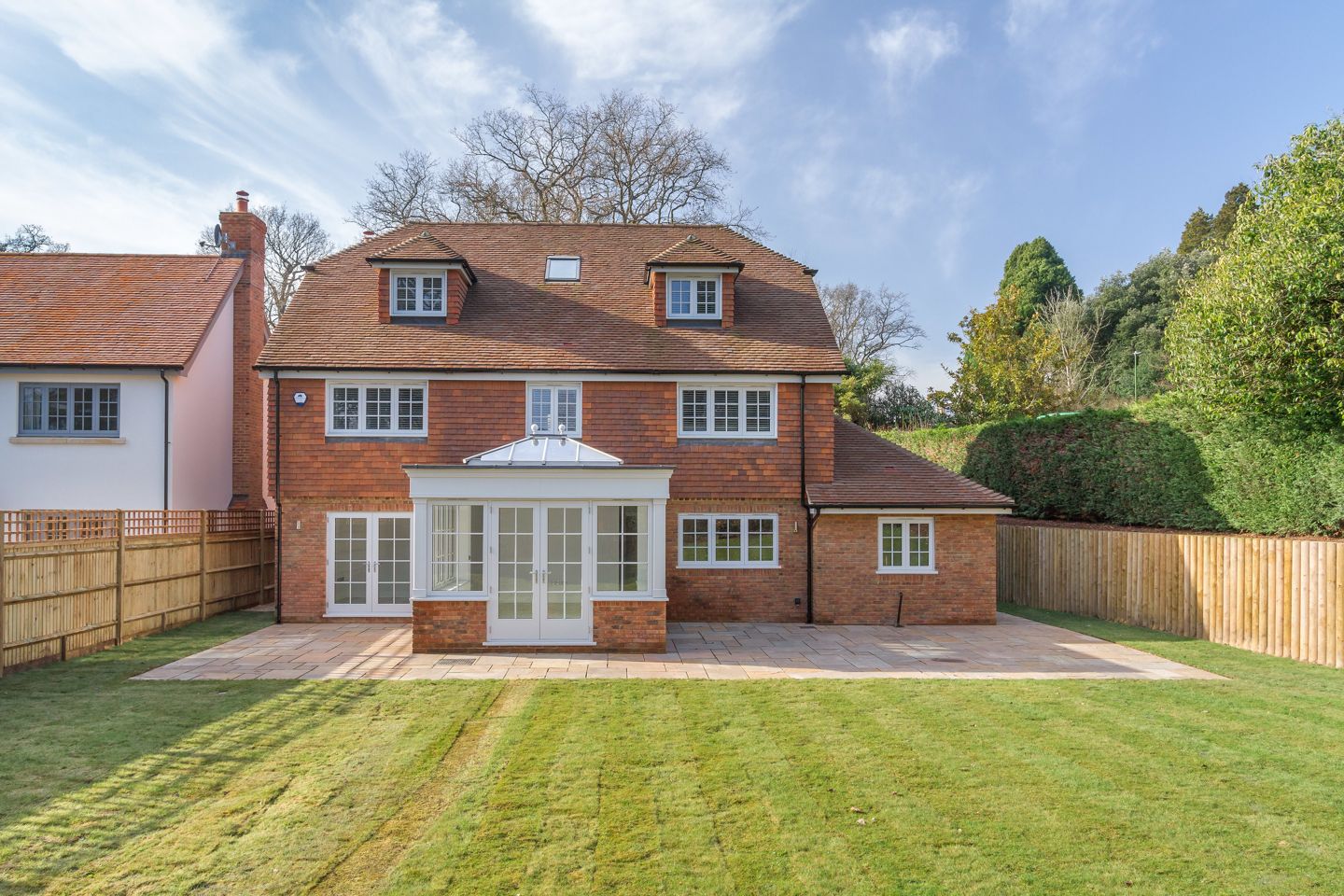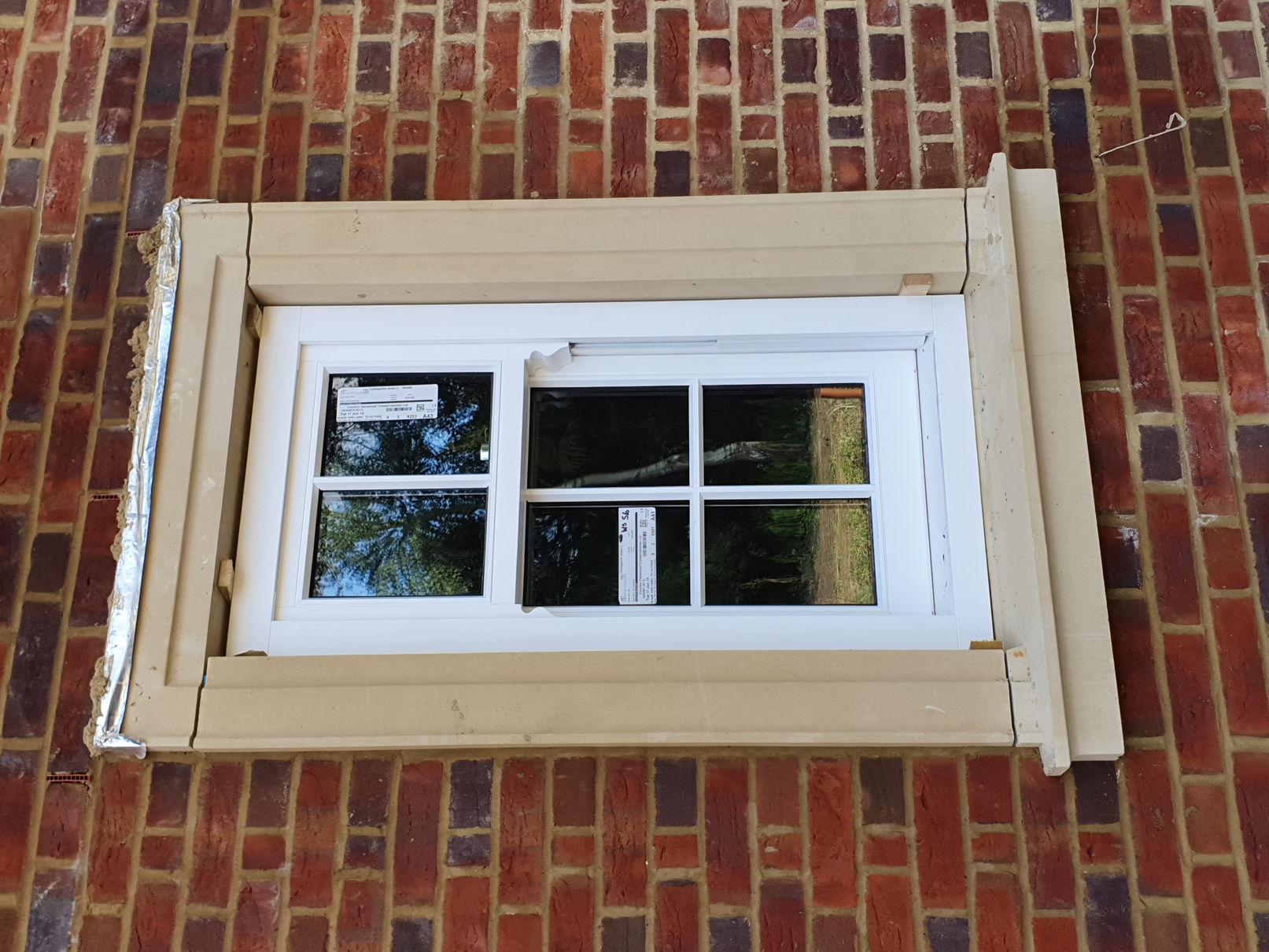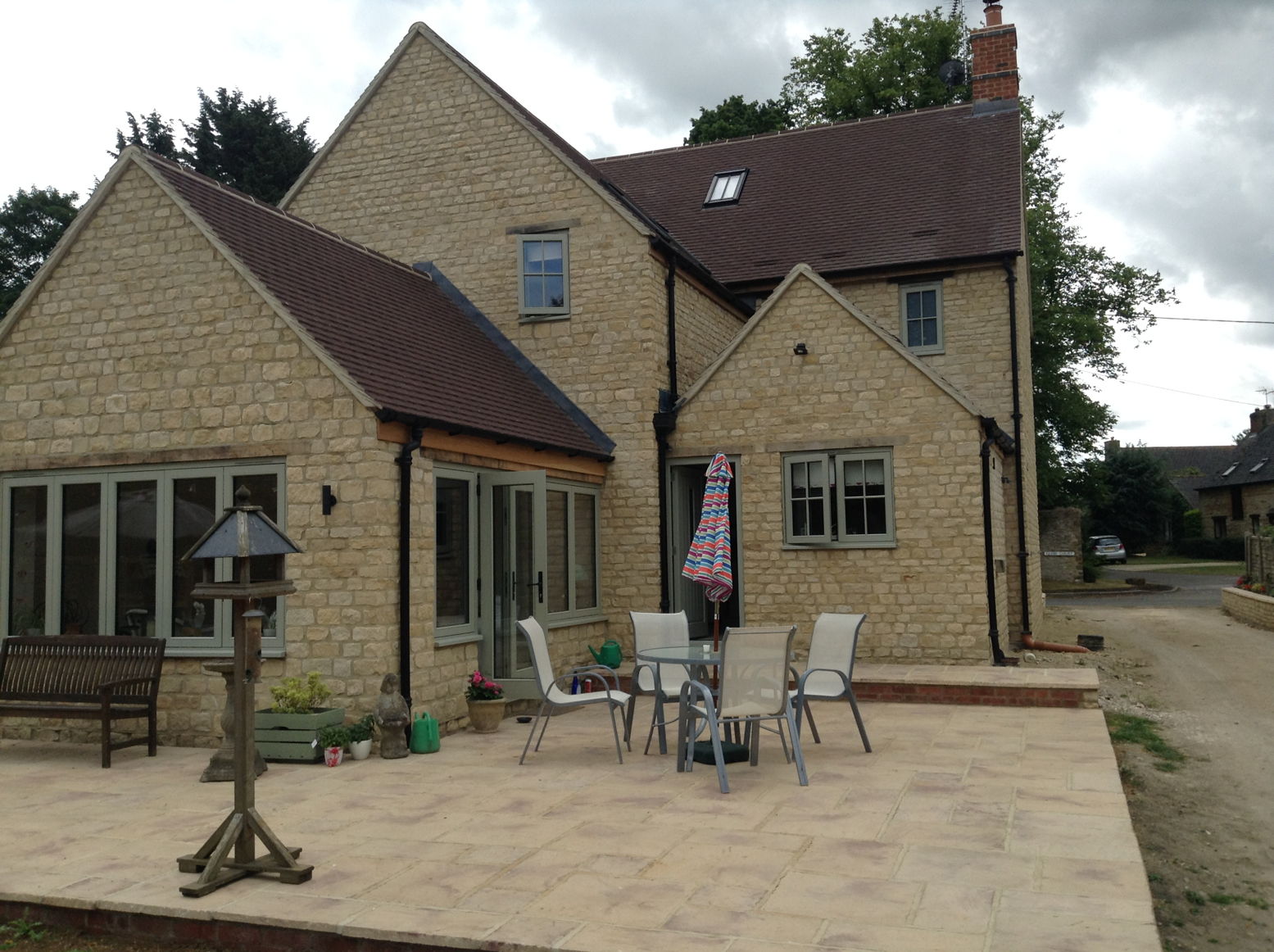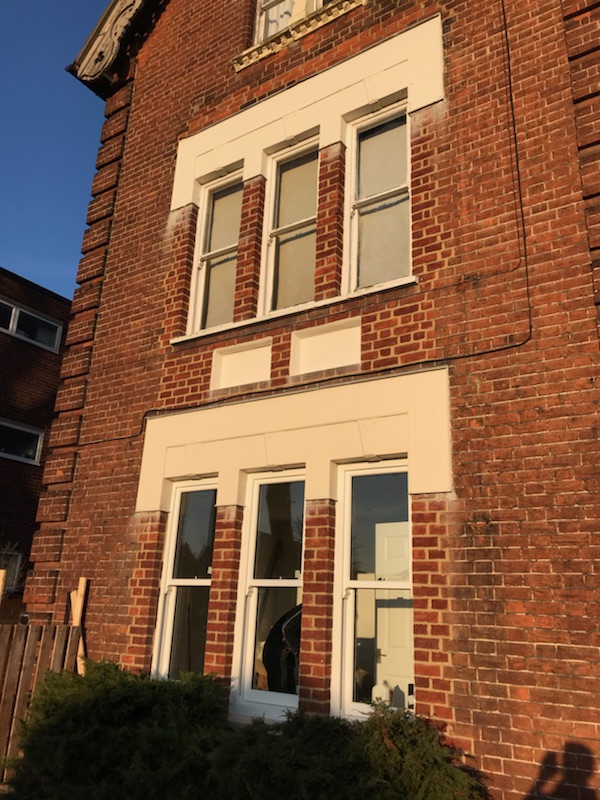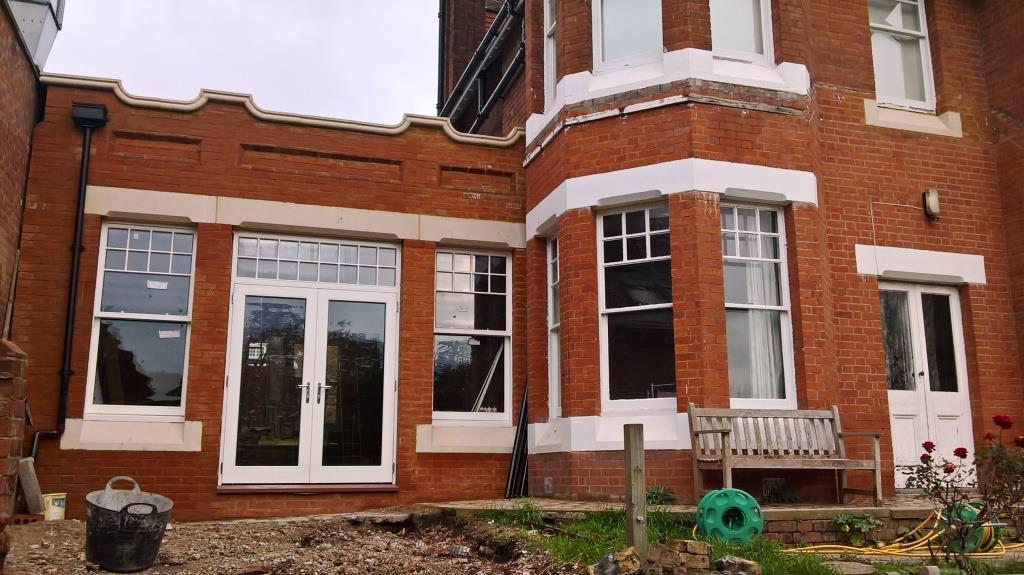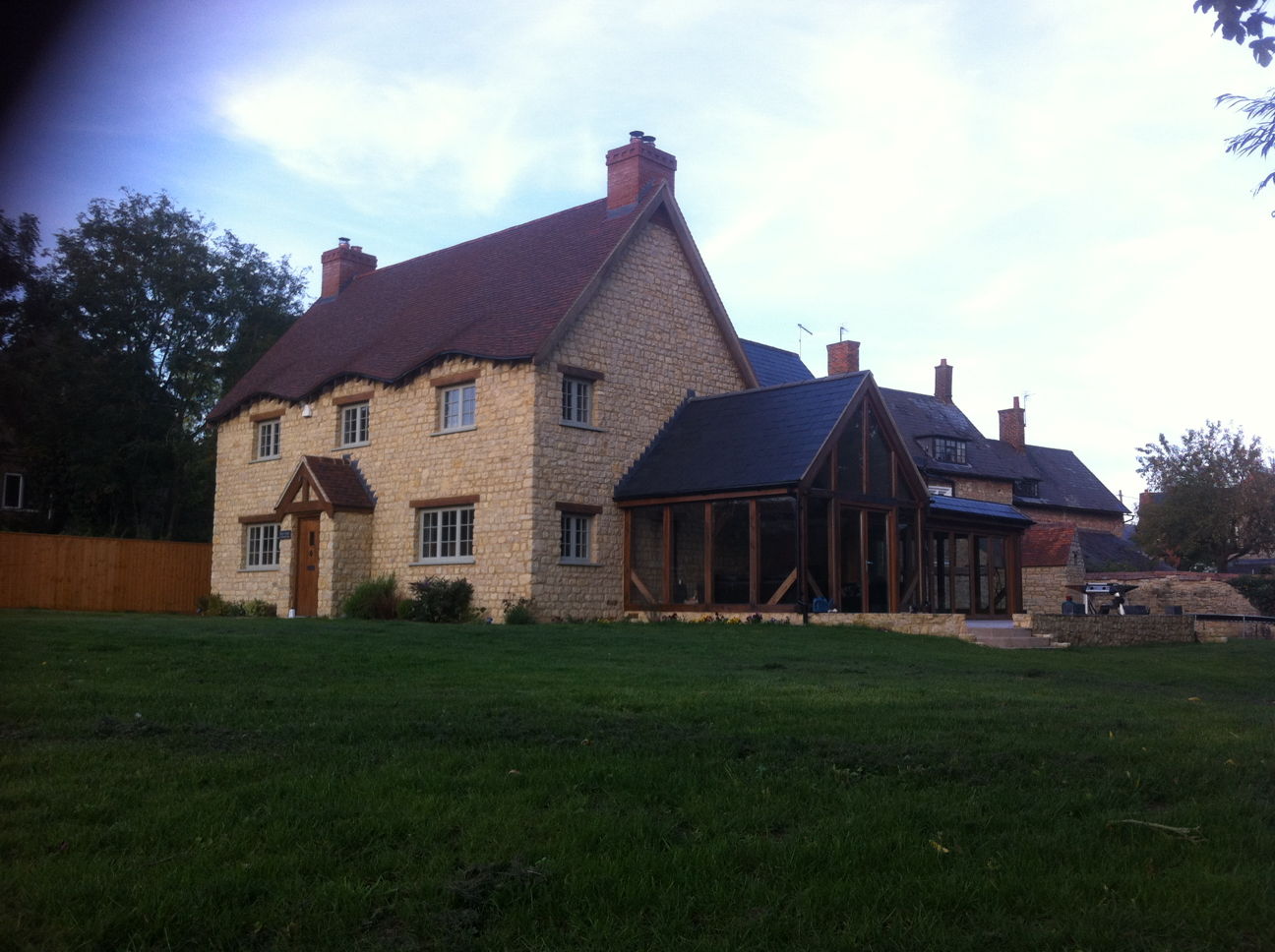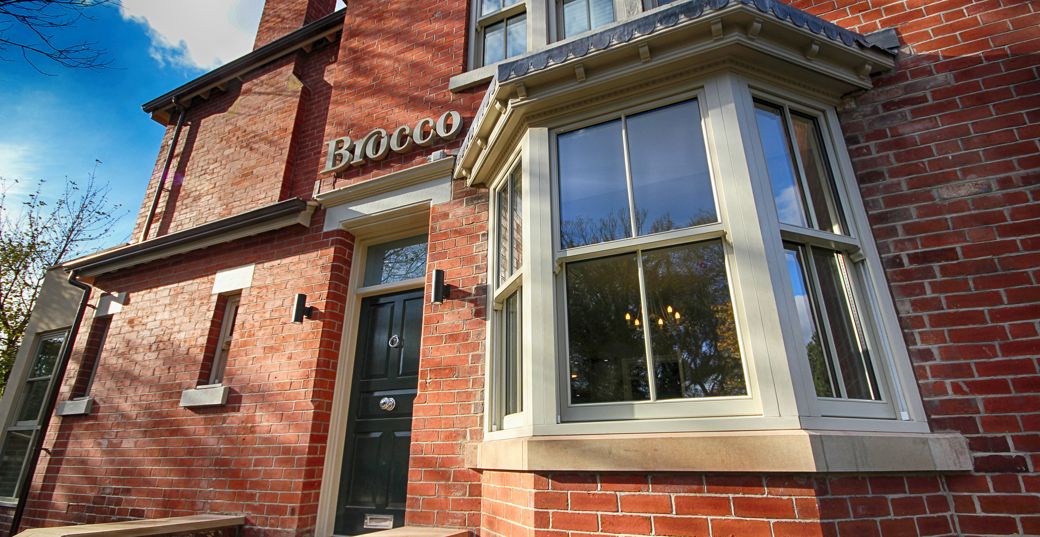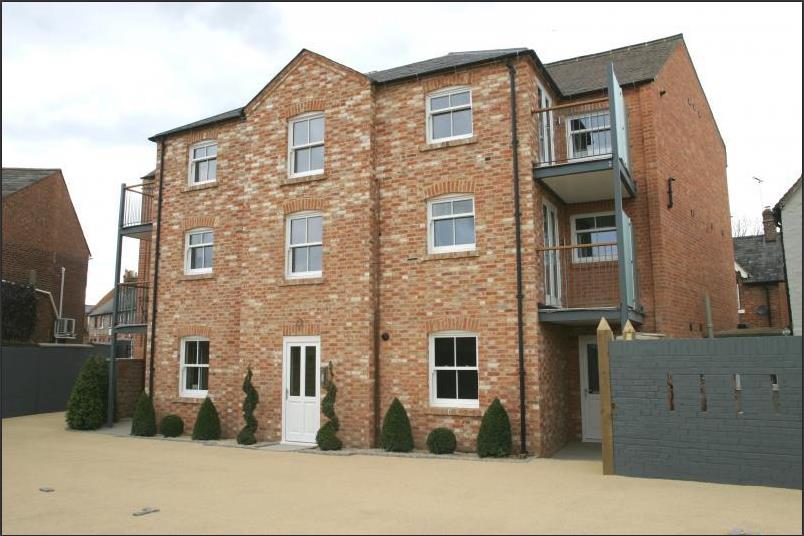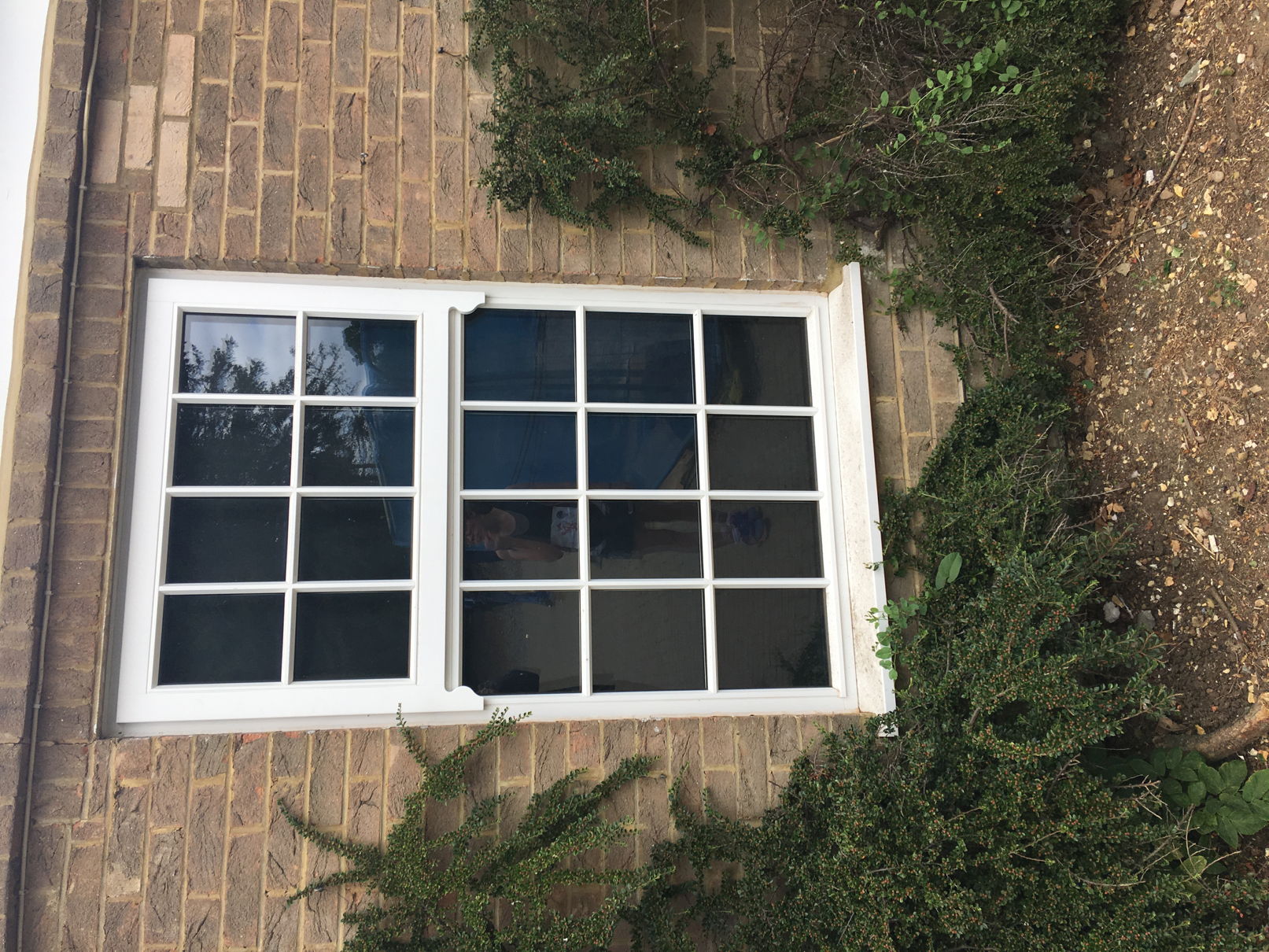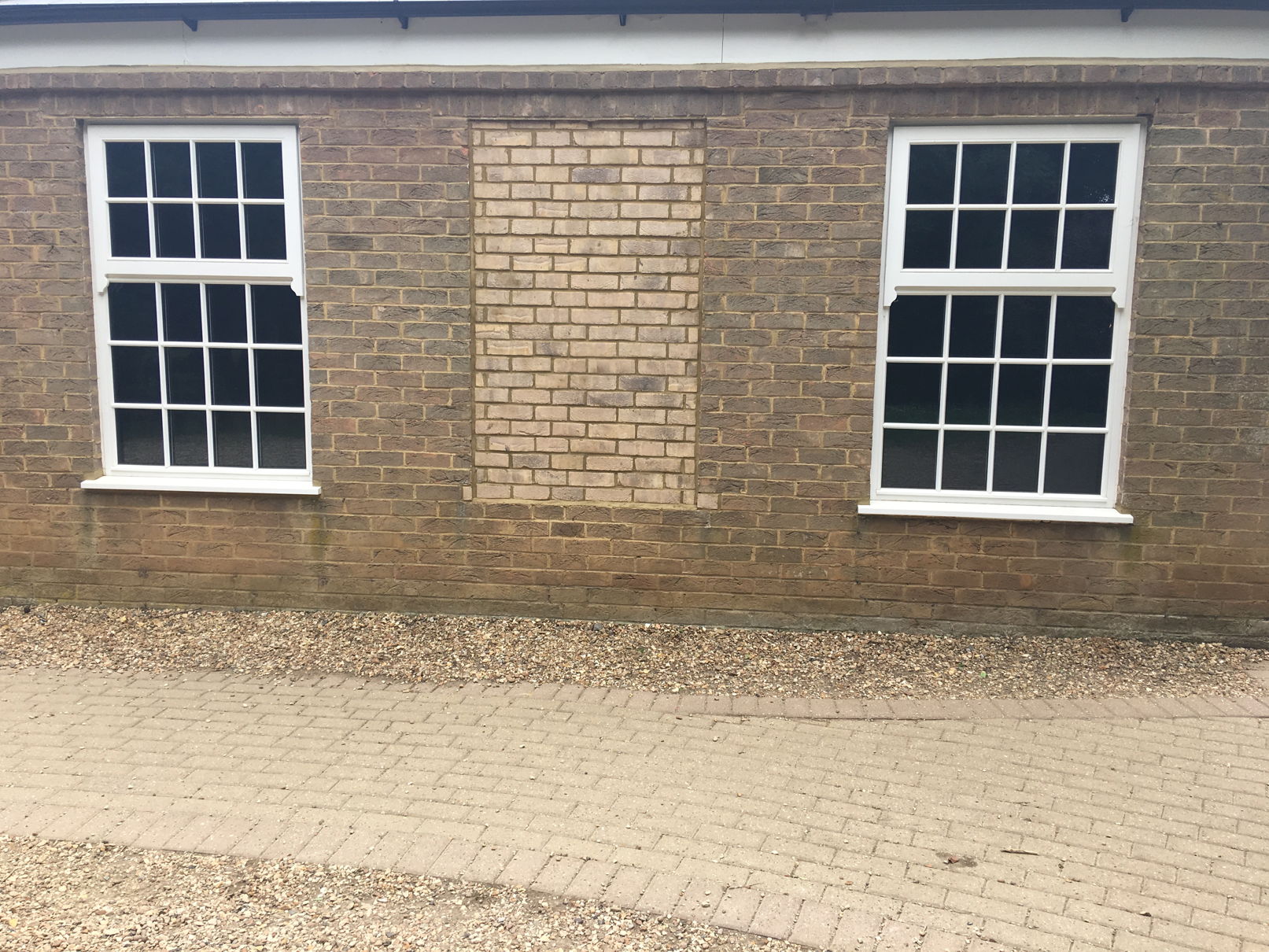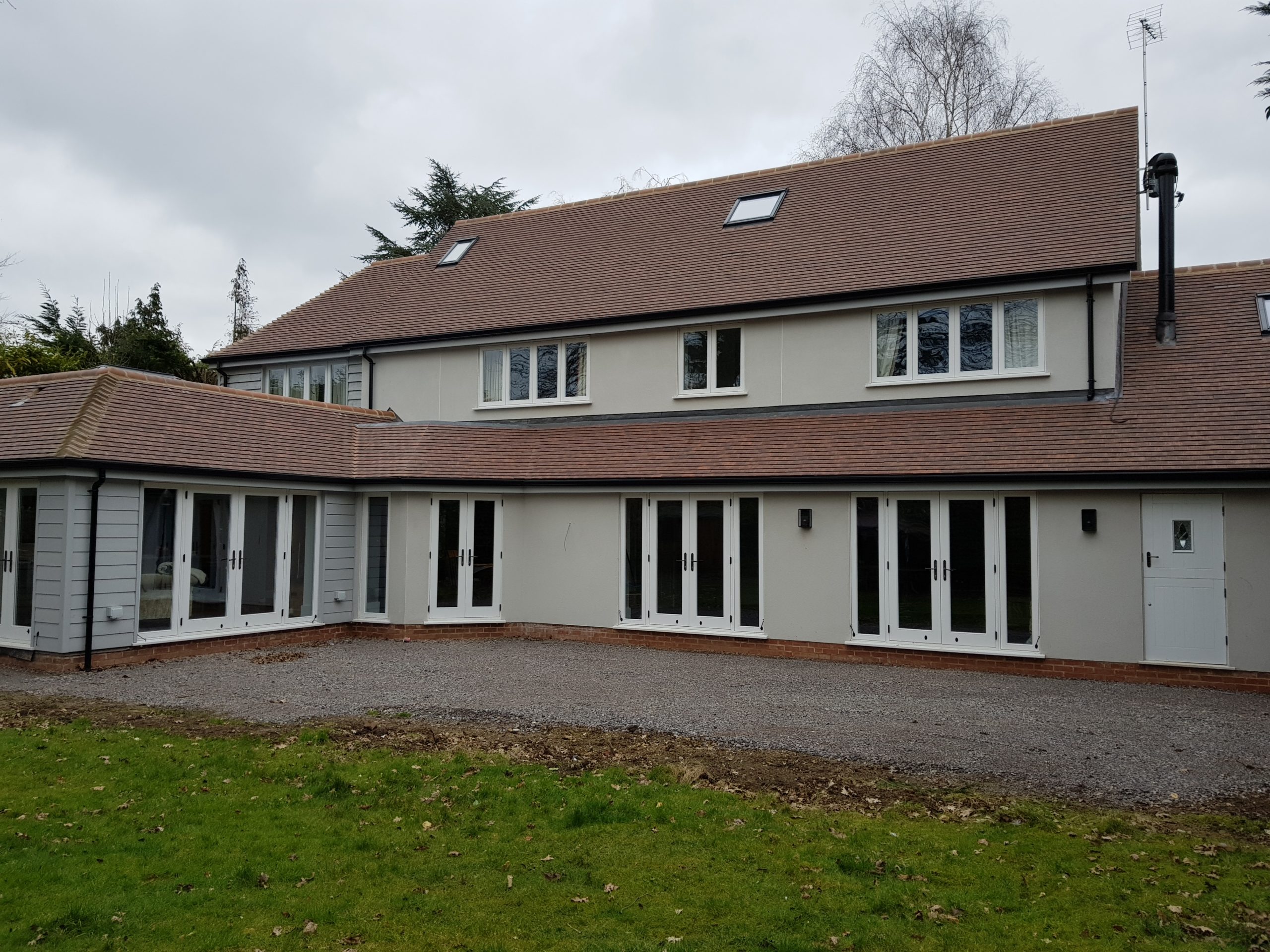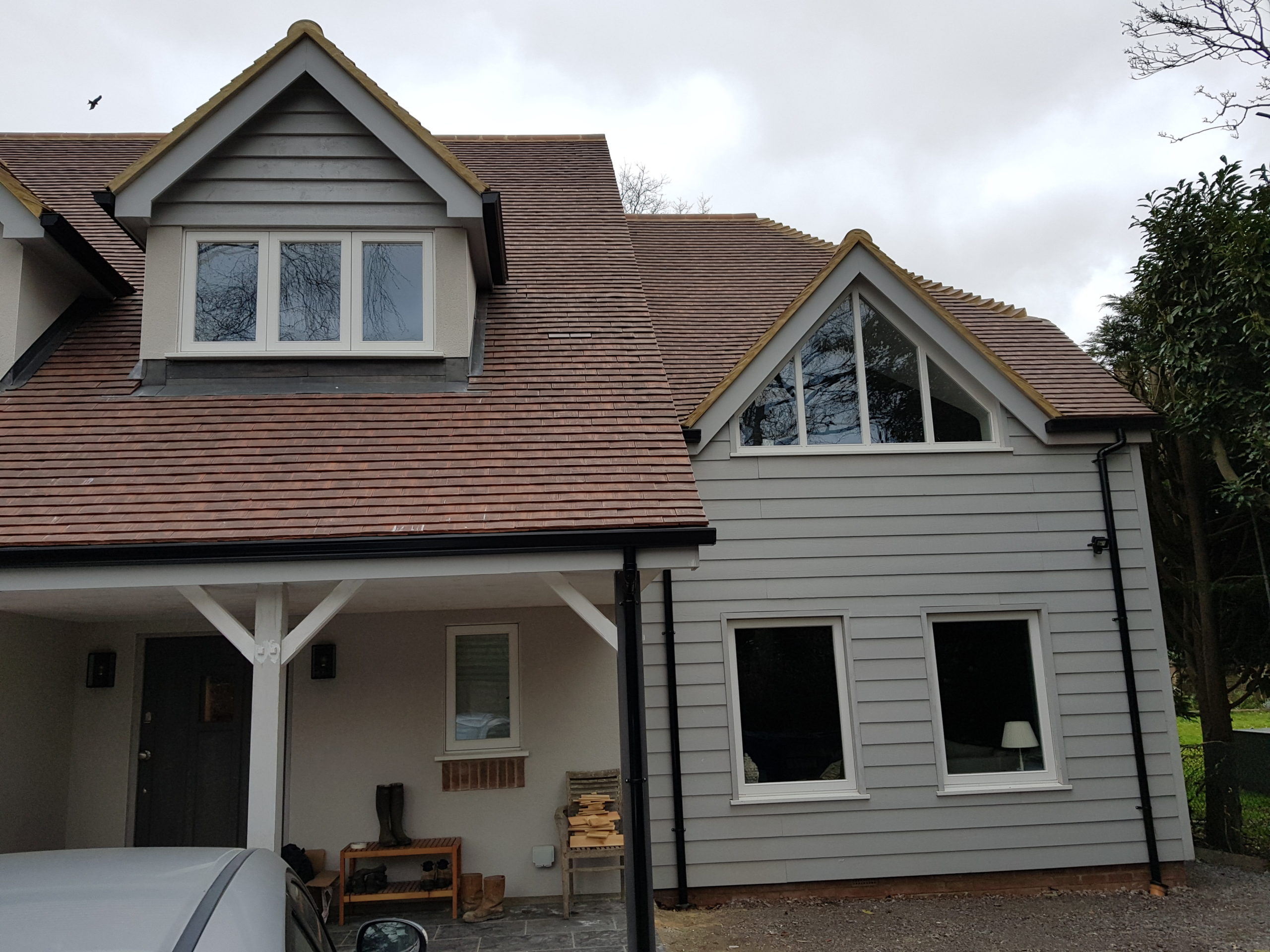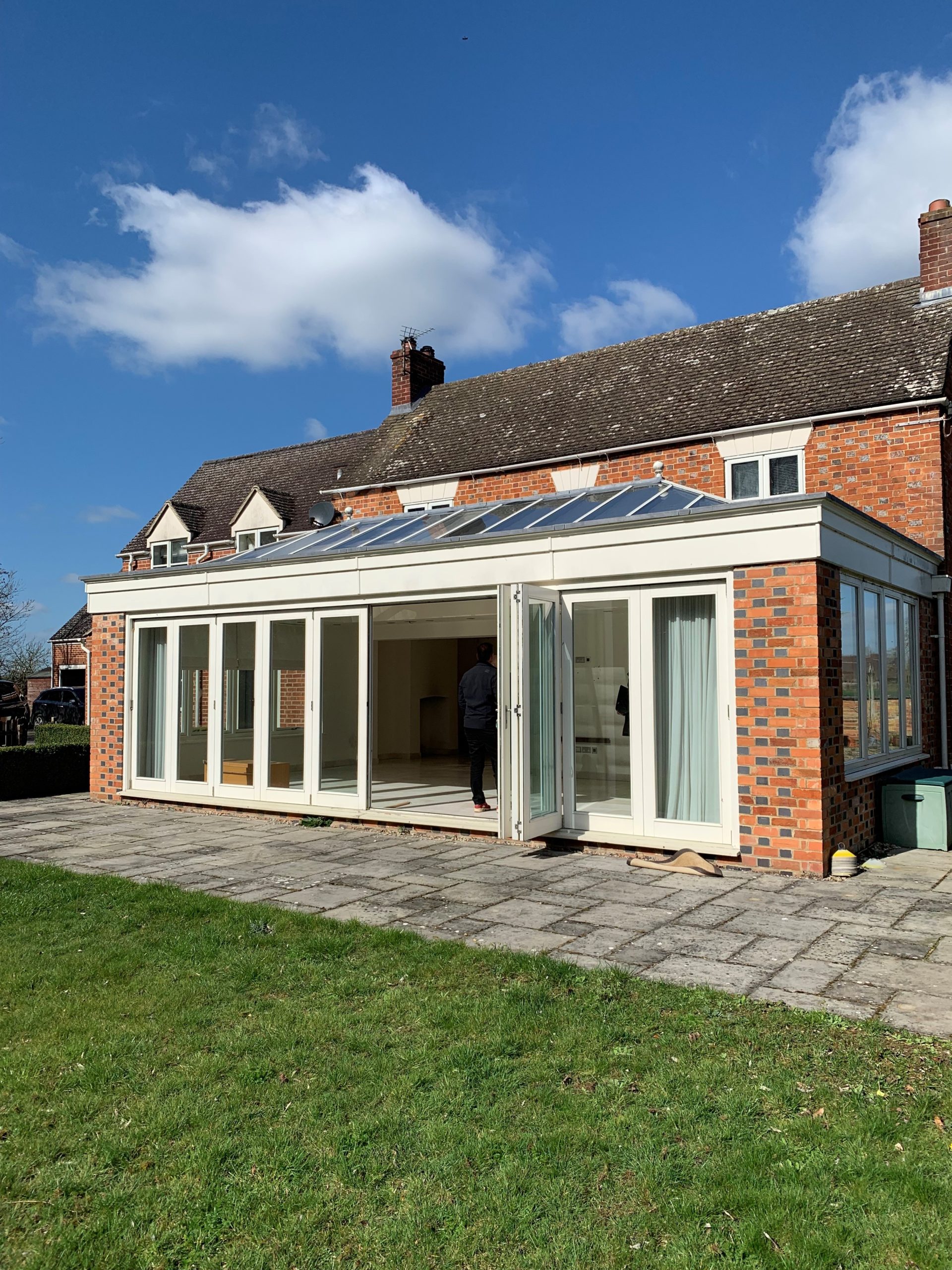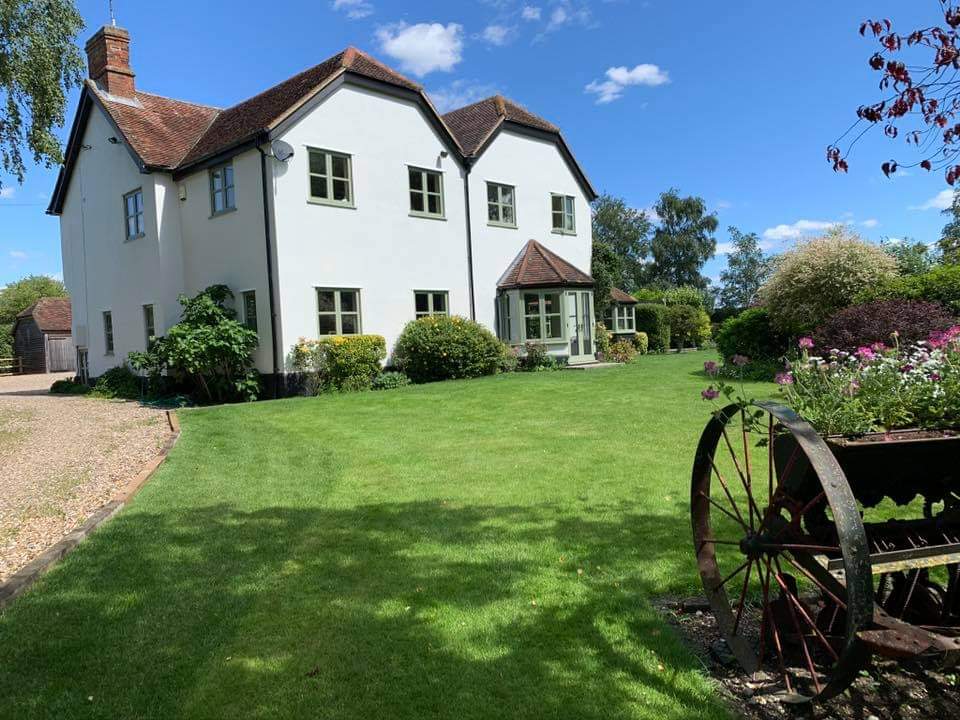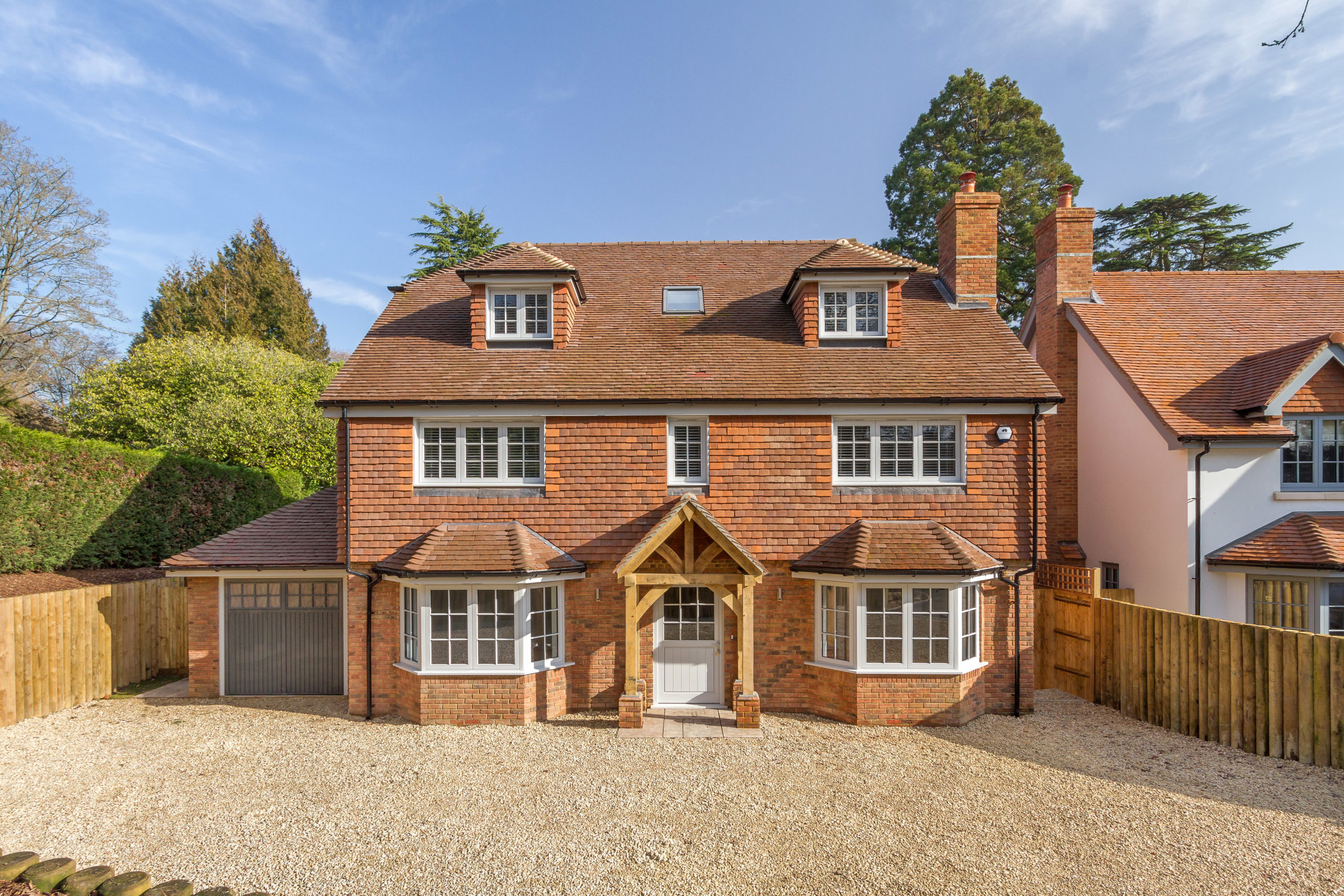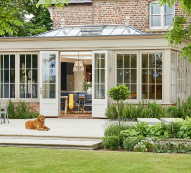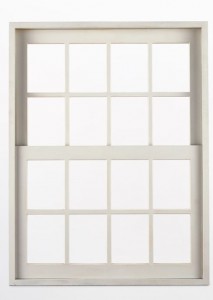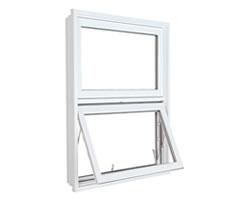Replacing Listed Windows
At Windows & Doors UK, we specialise in crafting timber windows that match the classic look of your historic home while bringing the benefits of modern efficiency.
Whether you’re looking to reduce noise, improve insulation, or simply refresh your home’s appearance, our bespoke timber windows offer the perfect blend of old-world charm and contemporary comfort.
Let us help you make a seamless upgrade that respects your home’s heritage and enhances your living space.
What are listed buildings?
The UK has a history that dates back thousands of years. While much of our history is found in archaeological discoveries, some buildings take time on and win by still standing proud today.
The government and Historic England have a special interest in these buildings and put measures in place to protect their history and architectural significance.
If you purchase a listed building, you get a slice of history. However, it also means you’re subject to stricter laws.
How do I know if my property is listed?
The NHLE (National Heritage List for England) has a list that details buildings and their grades, making it easy for prospective owners to see their responsibilities. While people can live in listed buildings, there are restrictions in place based on their grade:
Grade I listed buildings
Grade I listed buildings receive the most protection, and Historic England defines them as structures of exceptional interest and importance. For example, Albert Dock in Liverpool and Nelson’s Column have Grade I protection. These buildings comprise just 2.5% of all listed buildings in the UK.
Grade II listed buildings
Historic England defines Grade II listed buildings as special-interest structures requiring preservation and protection. The Clifton Suspension Bridge and Alexandra Palace are two of the 5.8% of buildings in the Grade II category.
Grade III listed buildings
Most owners of residential listed buildings fall into the Grade III category. Historic England states that these houses are of special interest and should be preserved. Most homes in this category were constructed between 1700 and 1840, but some are older.
What restrictions are in place for listed buildings?
Most homeowners can make significant changes to their property without asking for permission. However, listed buildings receive higher protection, often meaning you’ll need to seek listed building consent for any adaptations.
You can seek content through the government’s Planning Portal, where a conservation specialist will examine whether your changes will preserve the property’s historical value. If your request for planning permission is granted, you can begin your renovation project.
Why can’t I do what I want with my house?
The Enterprise and Regulatory Act (2013) clearly states that listed building owners must seek permission if their renovation project might impact the property’s special interest. If they make changes, local authorities can demand that they reverse the work.
In extreme cases, the owner may also be prosecuted and imprisoned. Before making any alterations, it’s always best to check with the planning authority what you can and can’t do.
My home is in a conservation area. Is it the same as being listed?
While listed properties can be in conservation areas, living in one of these locations doesn’t necessarily mean your property is listed. If your property isn’t listed, you’ll still need planning permission from your local council if you’d like to make changes, but there are fewer restrictions.
Listed buildings:
- Are properties built before the 1700s or up to the mid-1800s? However, some newer buildings are listed if they have unique architectural elements or historic interest.
- It might be in the NHLE without being in conservation areas. Each listed building has a grade I, II, or III category.
- Have legal measures to ensure owners seek listed building consent before making any changes.
Buildings in conservation areas:
- Are subject to laws set in place by local authorities.
- Typically, authorities are more lenient on renovations as long as they don’t impact the area.
- Are often eligible for modern double glazing and other upgrades, but some areas have stricter laws than others.
What’s the criteria for replacing windows in listed buildings?
Living in a listed building offers a range of benefits, but these structures are often subject to wear and tear. The windows and doors can impact the property’s ability to retain heat and put you at higher risk of security breaches.
The good news is that you can replace windows in listed buildings—but it’s not as easy as choosing new windows for a modern home.
Any changes you want to make must go through your local authority, and obtaining planning permission depends on whether they feel the changes will protect your property’s history.
Sometimes, it’s easier to make repairs rather than getting replacement windows.
Which window repairs are OK for listed buildings?
If you’re performing repair work, you’ll need to make sure it doesn’t impact the aesthetic appeal of your windows. All repairs should also merge seamlessly with the design. As long as you handle the process carefully, you won’t need planning permission for:
- Performing minor work on timber frames
- Painting frames
- Overhauling
- Draught sealing
If your windows are showing significant wear and tear or no longer function correctly, it might be best to consider a window replacement.
Homes built before 1780 might struggle to secure permission, as the existing windows represent historical importance, but it depends on whether your planning officer is willing to allow the work.
Appropriate materials for window replacement in historic buildings
There are plenty of window materials available, but not all are suitable for listed buildings. Many homeowners forget to check with their local planning authority before choosing materials, which could mean reversing any upgrades you make.
PVC windows
PVC-u (or uPVC) is a popular window material because it’s affordable and durable. Made from plastic, these window frames can support double glazing and offer aesthetic appeal – when paired with appropriate properties.
The main issue with PVC windows is that they cannot replicate the natural appeal of timber, which means most authorities will refuse your request.
Metal windows
Steel and aluminium windows are growing in popularity, but their unique aesthetic might not suit your original windows. If your building was constructed before the 20th century, you probably won’t get permission to install metal windows, but it’s possible to install them in modern listed buildings.
Timber windows
Timber is fully compatible with listed buildings. Its naturally beautiful aesthetic, durability, and range of finishes make it an excellent choice. However, you’ll need to make sure your timber windows blend with the property and have a wood finish that replicates the original features.
Regardless of which windows you choose, remember they need to set the right tone and not compromise your property’s natural beauty. Selecting the wrong windows could impact the building’s value, making it challenging to find buyers in the future (Historic England).
Getting consent for replacement windows
You’ll need to apply for listed building consent and clearly detail your window replacement plans. In general, it’s easier for owners of a Grade III building to get permission, but owners of a Grade I or Grade II listed building might struggle.
The process includes:
- Taking photos of the existing windows to show their current style and condition.
- Get drawings of the current windows and have your plans drawn up to show how the new windows might look. Due to the level of detail required, it’s best to seek advice from a specialist who can provide accurate drawings.
- Obtaining a heritage survey to show what state the property is currently in.
- Elevation drawings (on the entire building or some storeys if you’re only replacing windows in one location).
- Securing a heritage statement to highlight how the new windows relate to the building’s listing.
- Providing the local authority with site and location plans.
Getting a Certificate of Lawfulness
A Certificate of Lawfulness proves that your planning permission application was granted, and you can proceed with the work. Your local planning authority will want to see the following information when you apply for a certificate:
- Evidence of the building’s listed grade
- Whether the applicant is a tenant, landlord or homeowner
- Details of the proposed changes
- Proof that the renovation project won’t impact the home’s original features
- Location plants and any other information you feel might help your case
When should I restore historic windows?
In an ideal world, you’d be able to keep your listed windows intact and avoid any renovations. However, some problems require restoration or replacements, including:
- Wet Rot: Prolonged exposure to moisture can cause fungus. If not treated, the rot can spread and cause significant structural damage.
- Structural Changes: Windows can also experience structural changes, including loose joints, sticking and warping.
- Pointing Failure: When the mortar begins to deteriorate, the structure weakens, increasing the risks of water damage.
These issues can damage your listed building, making replacement windows a necessary investment.
What does like-for-like mean in listed window replacements?
Like-for-like replacements simply mean you’re choosing new windows that match the style and size of your property’s current windows. For example, if your property already has sash windows, it’s not enough to install a modern version of the sash window style.
You’ll need to make sure the timber frame and sash panels match the old design in colour, size and decorative elements. Highlighting the similarities between your new and old windows can also speed up your planning application.
Sash windows in listed buildings
You’ll notice that many historic buildings have sash windows, which were most popular in the Georgian and Victorian eras. If your listed building windows are in the sash style, it’s essential to be aware of issues that can impact their ability to function, including:
- Heavy Glass: Sash windows use putty to hold the glass panes in place. When this putty begins to degrade, it can loosen and even fall out.
- Frayed Cords: The cords facilitate the lowering and heightening of sashes. Over time, they can wear, leading to damage to the sash and frame.
- Swollen Frames: Moisture exposure can impact timber frames, causing them to swell and warp.
- Seized Pulleys: If there’s friction between the pulley and sash, the window will often freeze, making it nonoperational.
In most cases, you can repair these issues without changing your listed property.
Replacement window glazing options
If you’re replacing your windows, you’ll probably want to prioritise security and energy efficiency. Glazing adds additional layers of protection to your windows, ensuring they block out external noise and reduce your reliance on central heating—but many period properties can’t accommodate it.
The depth of traditional windows defines which glazing options are available. Many properties find it’s not practical to install double glazing. Single-glazed windows are usually more practical and offer some benefits, but they often don’t perform as well as double—or triple-glazing.
In recent years, we’ve seen the demand for thin double-glazed windows, which offer superior heat retention properties but are slim enough to fit period buildings.
Can I have double-glazed windows in conservation areas?
Properties in conservation areas are more likely to receive planning permission for secondary glazing, but it depends on the restrictions. Speaking to your local authority to understand your rights is always best.
Can you draught-proof windows in listed properties?
Draught-proofing is a great way to preserve your listed property without sacrificing comfort during the colder months. There are plenty of draught-proofing techniques to choose between, but the most popular are:
- Secondary Glazing: Some local authorities will let you install an additional pane of glass on the inside of your windows, which enhances warmth and thermal efficiency.
- Brush Seals: Brush seals are soft bristles to retain heat. They fit between gaps in the window’s frames and sashes.
- Draught Excluders: If you’re looking for an affordable solution, draught-excluding strips go onto the edges of the sashes and prevent cold air from entering the property.


